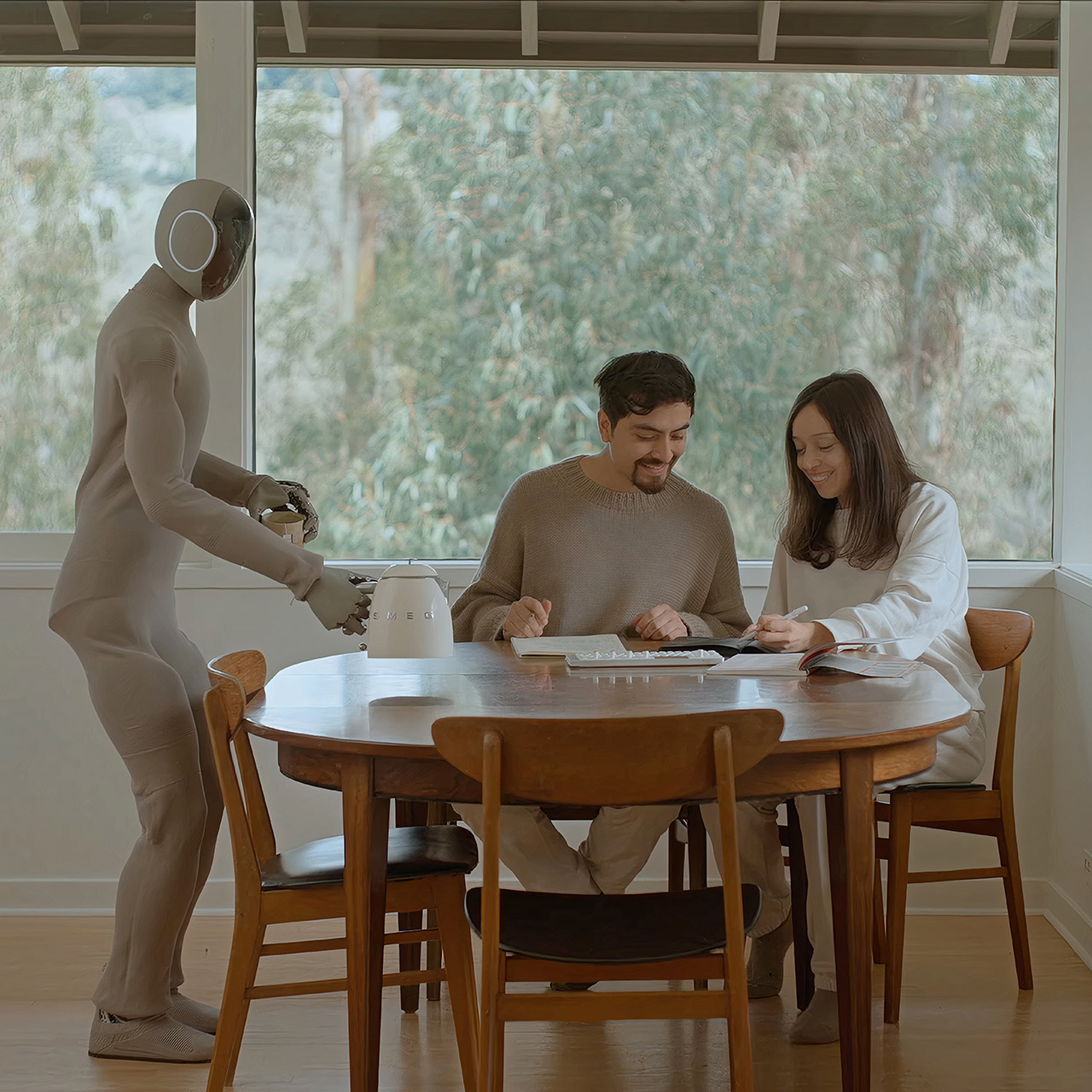Once the stuff of dreams, humanoid robots will soon be in the home.
Robots come in many shapes and sizes, but there’s an exploding interest in creating humanoid incarnations. This interest is driven by three key reasons:
Human Compatibility: Our world is built for humans, with door handles, staircases, tools, and appliances designed for human proportions and dexterity. A humanoid robot can navigate and interact with this environment more effectively than other robot forms.
Intuitive Interaction: People find it easier to communicate with robots that resemble humans. Facial expressions, gestures, and body language help create more natural interactions, making humanoid robots useful for caregiving, customer service, and companionship.
Versatility: Unlike task-specific robots, humanoids are designed for general-purpose use. They can assist with a wide range of activities, from housework to industrial tasks, adapting to different roles as needed.
The idea of humanoid robots first took hold in the early 20th century, especially after Karel Čapek’s 1920 play R.U.R. (Rossum’s Universal Robots) introduced the word “robot” to the world. Though Čapek’s robots were bioengineered workers rather than mechanical servants, the concept of humanoid machines assisting humans became deeply embedded in popular culture.
By the 1950s and 1960s, science fiction was filled with visions of robotic helpers—think of the Jetsons’ Rosie, a cheerful household robot, or Isaac Asimov’s I, Robot, which explored the ethical and practical implications of intelligent machines.
The 1980s and 1990s saw real-world experiments with humanoid robots, but they were clunky and impractical. Honda’s ASIMO, unveiled in 2000, was a breakthrough, showing a robot that could walk, climb stairs, and even recognize faces.
Due to a series of impressive marketing videos, one of the best-known modern humanoid robots is the Atlas from Boston Dynamics. The original version, which was introduced in 2013, relied on a system of hydraulic actuators powered by an off-board power supply via a tether (this later transitioning to an onboard power source). The latest version of Atlas (2024) is fully electric.
There are an increasing number of interesting options. For example, the EVE Industrial from 1X (www.1x.tech/eve) has a humanoid appearance with respect to its head, arms, and torso. Below the waist, however, it has single central “leg” mounted on a wheeled platform. By comparison, 1X’s recently launched Neo Gamma (www.1x.tech/neo) is a fully realized autonomous humanoid robot that can help around the house.
One thing to consider is how lifelike we want our humanoid robot companions to be. The Uncanny Valley hypothesis suggests that as a robot becomes more realistic, human observers feel more comfortable with it—up to a point. However, if the robot becomes almost human but not quite perfect, it can evoke feelings of eeriness or discomfort. This dip in emotional response is called the Uncanny Valley.
Companies like Engineered Arts are addressing this effect by creating robots like Ameca, whose interaction capabilities are built on sophisticated computer vision and machine learning algorithms, all integrated with emotional AI to produce more lifelike expressions.
How long will it be before robots combining the capabilities of the Neo Gamma with the features of the Ameca become widely available? It may be sooner than you think!

